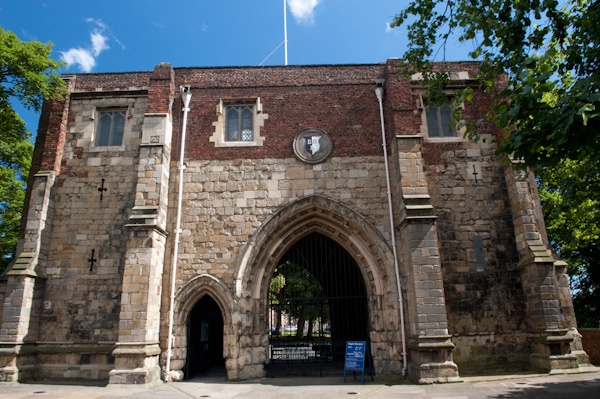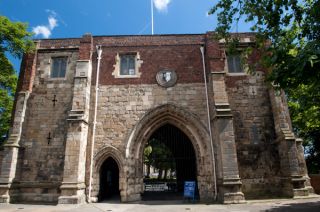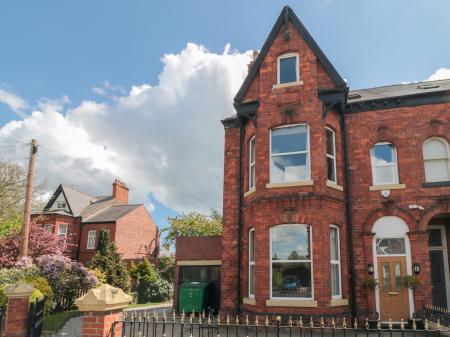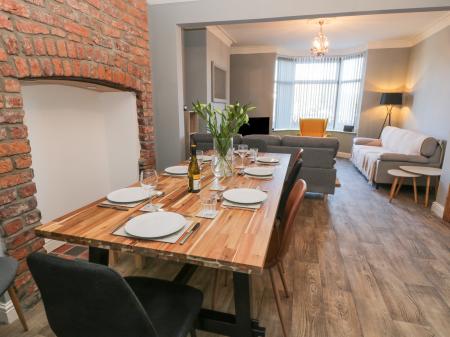
The oldest parts of The Bayle date to sometime after 1143, when William le Gros built a fortified house here.
History of the Bayle
By the 14th century, The Bayle was serving as the main gateway to the Priory precinct. A porter lived in the gatehouse and controlled passage in and out of the precinct, and an Almoner also lived in The Bayle. His job was to dispense alms (usually of food and ale) to the poor of Bridlington.
Over its lifetime The Bayle has served a multitude of purposes, acting as a prison, courtroom, school, garrison, non-Conformist meeting room, town hall, and a meeting place for the Lords Feoffee, who still meet here and administer the property.
The Lords Feoffee was formed in 1636 when a group of prominent local business leaders banded together and bought the manor of Bridlington from its then lord, Sir George Ramsey of Coldstream. The Lords Feoffee now act as a registered charity and own and operate property within Bridlington, including The Bayle, for local civic benefit.
The Bayle now serves as a local museum, with displays over three floors tracing the heritage of Bridlington and area, with a particular emphasis on the history and uses of The Bayle itself over the centuries. There are a variety of interactive displays as well as more traditional museum exhibits illustrating Bridlington's past.
The Queen's Gloves
Perhaps the most famous of the exhibits is a pair of gloves owned by Queen Henrietta Maria, wife of King Charles I. In the dark days of the Civil War, Queen Henrietta left England for the Continent to sell the Crown Jewels and raise money for the Royalist cause.
On her return from Holland, her ships were met with a severe gale which forced her to put ashore at Bridlington. She stayed for two weeks, and when she left, she gave her gloves to the family who had acted as her host.

 We've 'tagged' this attraction information to help you find related historic attractions and learn more about major time periods mentioned.
We've 'tagged' this attraction information to help you find related historic attractions and learn more about major time periods mentioned.



